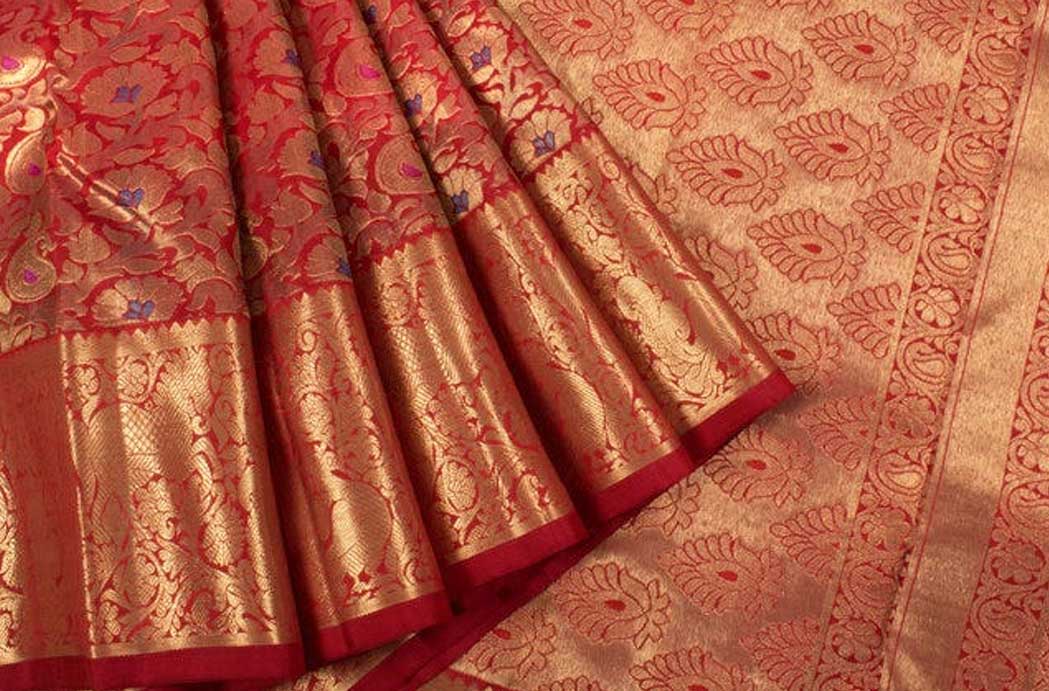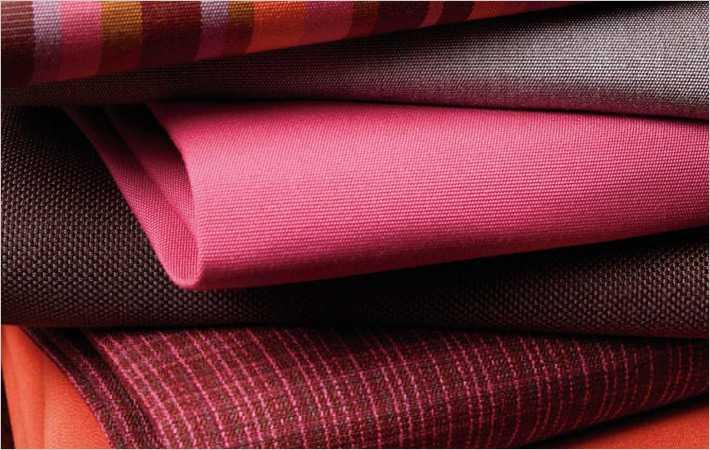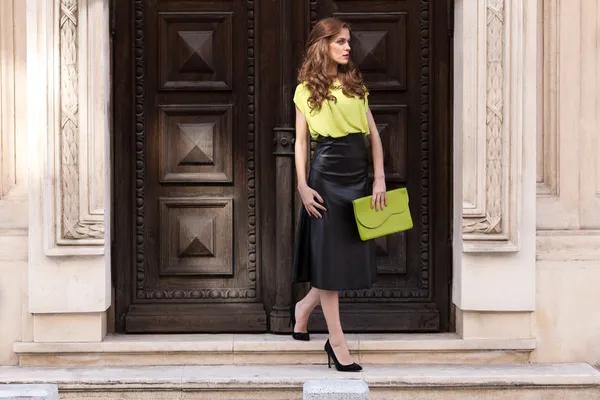Textile selection in high-end fashion is a critical factor that determines the quality, durability, and lizawrites.com aesthetic appeal of garments. For foreign customers who are interested in luxury fashion, their preferences often lean towards textiles that exhibit superior craftsmanship, unique design elements, and sustainable practices.
Silk is one textile that has always been synonymous with luxury and opulence. Prized for its natural sheen, softness, and durability, silk is highly sought after by foreigners looking to invest in high-end fashion pieces. It’s not just the feel of silk that appeals to them; it’s also the rich history and jusoors.com traditional production x-pumper.com methods associated with this luxurious fabric.
Wool is another popular choice among foreigners due to its versatility and ability to provide warmth without adding bulk. High-quality wool like Merino or Cashmere offers unparalleled comfort while maintaining a polished look. This makes it an ideal material for tailored suits seasprayblue.com or elegant winter wear.
Leather holds a special place in high-end fashion due to its timeless appeal and long-lasting nature. Genuine leather integrityyp.com products such as jackets, shoes or bags are considered investment pieces by many foreign buyers because they offer style without compromising on functionality.
Linen is also widely thepositivesidepodcast.com favored by those who prefer lolranks.com lightweight and breathable fabrics. Known for its durability and moisture-wicking properties, linen provides comfort during hot summer months while still maintaining an upscale appearance.
In recent years there has been a significant shift towards sustainable textiles within the realm of high-end fashion. Eco-conscious foreigners now prefer materials like organic cotton or bamboo which are grown without harmful pesticides or chemicals. These sustainably-sourced textiles not only reduce environmental impact but also offer exceptional softness and breathability making them perfect for luxury loungewear or casual chic attire.
Another emerging trend among foreign consumers is their preference for handmade textiles showcasing indigenous artistry from different cultures around the world. They value these fabrics not just for their unique designs but also because they support local artisans thus contributing positively towards socio-economic development.
Lastly, technical textiles are gaining popularity in the high-end fashion sector. These fabrics combine functionality with style and include properties such as water resistance, stain resistance, or thermal insulation. They offer a blend of practicality and luxury which is highly appealing to foreigners who lead active lifestyles but don’t want to compromise on clearimagemultimediainc.com their fashion quotient.
In conclusion, textile preference in high-end fashion among foreign customers is influenced by various factors including quality, comfort, sustainability practices and cultural significance. As the global fashion industry continues to evolve and innovate, it’s exciting to see how these preferences will shape future trends in textile usage for luxury garments.





